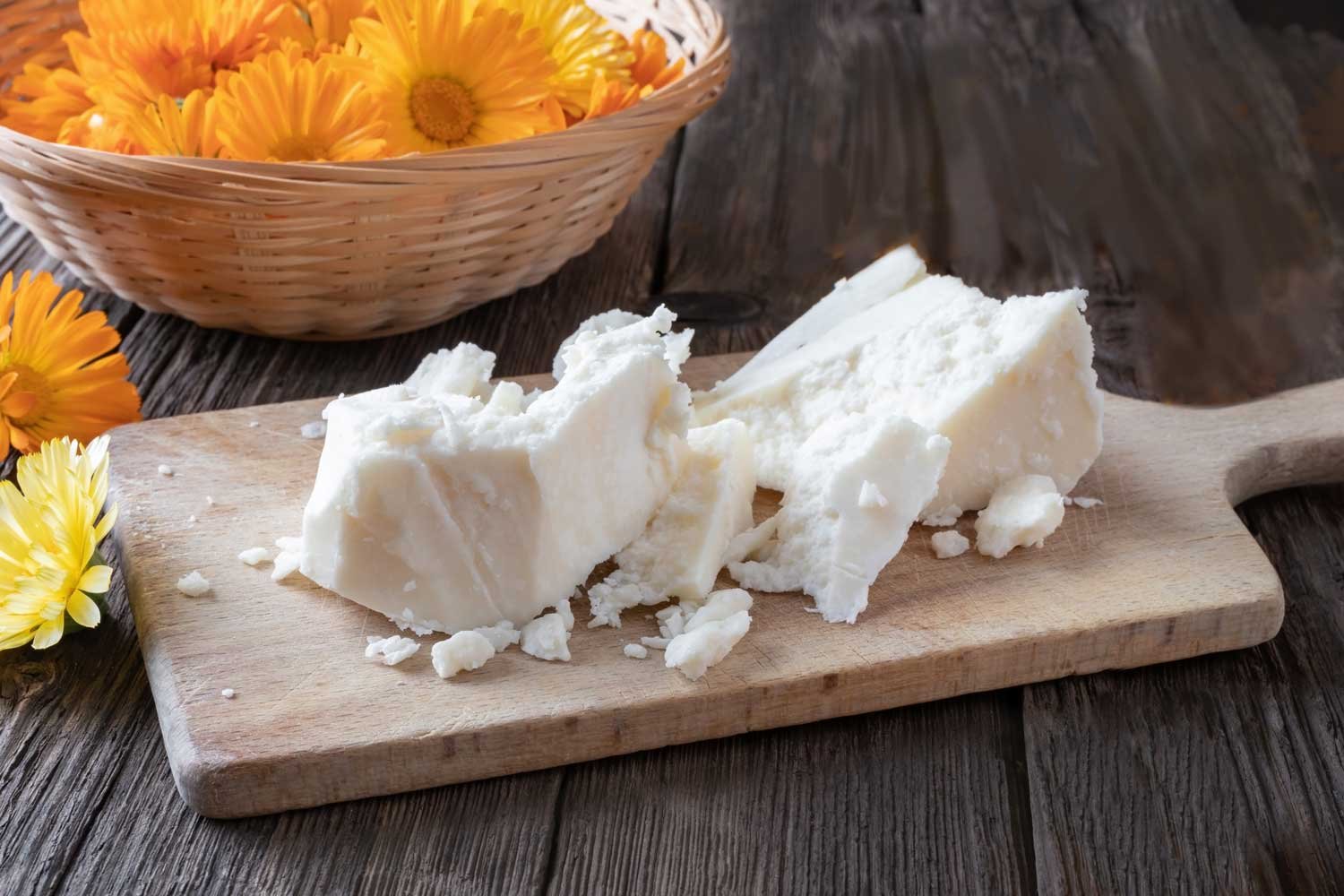Plant Butters: Melting Points and Hardness
Lise
There's a world of fabulous plant-based butters available to cosmetic formulators these days, so there's no need to limit yourself when it comes to plant butters. Each butter has its own benefits so depending on the properties you are looking for, you can find the perfect match for your project.
The chart I've made below gives you an overview of a few useful plant butter characteristics.
Butter vs Oil
All butters and oils are made up of fatty acids, so if you want to get real persnickety, butters could be referred to as solid oils. What makes butters solid and oils liquid is the different proportions of the fatty acids they are made up of.
Butters have a higher content of saturated fatty acids such as
Stearic acid
Palmitic acid
Myristic acid
Lauric acid
(there are many more saturated fatty acids - check the link below for a complete list)
What Melting Point Means
Melt point temperature doesn't mean the butter will be completely liquid the moment it reaches the listed temperature. Melt point is exactly as it states: the point where the butter begins to melt. You may find when you are melting butters for your project that the temperature will be somewhat higher by the time everything is fully melted. That's worth taking into consideration if you are including heat sensitive oils in your formula.
Butter Melting TIP
If you are making lotion bars, balms, or other solid cosmetics, ensure your butter is in small, even-sized pieces before turning on the heat. This can help avoid the mixture reaching a higher temperature than desired.
Butter Chart
Below is an overview of skin-loving plant butters and their approximate melting points (MP) in both Celsius (MP-C˚) and Fahrenheit (MP-F˚)
LisaLise's Plant Butter Melting Point and Hardness Chart
| Butter | INCI Name | MP-C° | MP-F° | Hardness |
|---|---|---|---|---|
| Bacuri | Platonia Insignis Seed Butter | 35° | 95° | Semi Soft |
| Cocoa | Theobroma Cacao Seed Butter | 35° | 95° | Hard |
| Cupuaçu | Theobroma Grandiflorum Seed Butter | 32-36° | 90-97° | Hard |
| Illipe | Shorea Stenoptera Seed Butter | 36° | 97° | Hard |
| Kokum | Garcinia Indica Seed Butter | 38-41° | 100-106° | Very Hard |
| Kombo | Pynanthus Angolensis Nut Oil Butter | 43° | 109° | Soft |
| Kpangnan | Pentadesma Butyracea Seed Butter | 35° | 95° | Semi-Soft |
| Mango | Mangifera Indica Seed Butter | 35° | 95° | Semi-Soft |
| Murumuru | Astrocaryum Murumuru Seed Butter | 33° | 91° | Semi-Soft |
| Sal | Shorea Robusta Seed Butter | 35° | 95° | Semi-Hard |
| Shea | Butyrospermum Parkii Seed Butter | 32° | 90° | Soft |
| Shea Nilotica | Butyrospermum Parkii Seed Butter (sp. V. nilotica) | 25-30° | 77-86° | Soft |
| Tucuma | Astrocaryum Tucuma Seed Butter | 31° | 88° | Semi-Soft |
| Ucuuba | Virola Surinamensis Seed Butter | 53° | 127° | Very Hard |
What About Composed Butters
Although you may have seen some of the butters listed below, checking the INCI and ingredient list will reveal that none of these are true plant butters, but products that are created with shea butter and/or hydrogenated vegetable oil with the addition of the 'star ingredient' oil.
It's perfectly fine to use composed butters as an ingredient in cosmetics. Just be mindful that the characteristics (and ingredients) may differ from supplier to supplier.
A Few Composed Butters
Matcha
Coffee
Macadamia
Lime
Grapeseed
Avocado
Apricot
Almond
Super Soft 'Butters'
The following are oils that are (generally) solid at room temperature which can (for some products) be handled and processed as if they were butters.
Palm Kernel Oil (unrefined): approximate melting point: 28˚C / 82˚F
Coconut Oil: approximate melting point: 24˚C / 75˚F
This post has been updated from the original post of February 2, 2015
More about Butters
Visit the Lipid Web
Learn more about fatty acids and oils at the Lipid Academy
The Power of the Seed by Susan M Parker
Fairly Traded Butters from the Amazon (LINK to Rainforest Chica)
List of Saturated Fatty Acids (LINK)
If you’re a butter lover, you might just love the e-book pictured below. It contains several formulas featuring butters.


